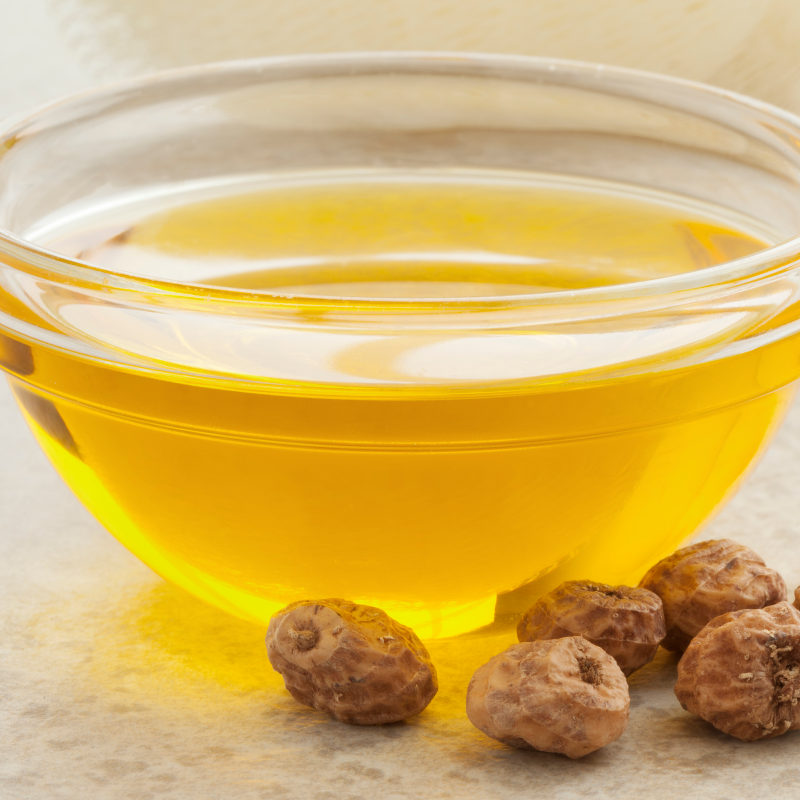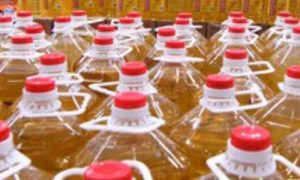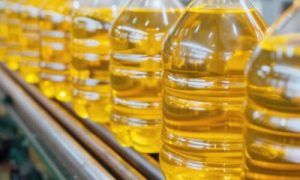Towards self-sufficiency in edible oil

For two to three years, the government needs to let the market forces rule and stop cushioning the consumer from higher edible oil prices. Once our farmers see remunerative prices, we can have atmanirbharta on edible oil.
Changing dietary patterns and a shift towards a more oil-rich diet have led to increased demand for edible oils in India. The consumption of palm oil, in particular, has witnessed substantial growth; it is widely used due to its low cost, versatility, and high yield.
The share of raw oil, refined oil, and vanaspati in the total edible oil market is estimated roughly at 35%, 60%, and 5%, respectively, and over 50% of the demand is met through imports. From about 8.4 million tonnes (mt) in 2001, Indian consumption increased to 17.4 mt in 2011 and to estimated 27.2 mt in 2021—more than a three-fold increase in 20 years. This translates to a per capita consumption of approximately 19.9 kg that compares favourably with large global economies. If the Indian population continues to grow at the current rate, the edible oil requirement then would reach 30 mt for 1.5 billion in 2030 and 33 mt for 1.67 billion.
However, the domestic production has not kept pace with consumption. The year-wise oilseed production in the country from 2011 to 2021 varied a lot—from the low of 22.88 mt in 2016 to 34.19 mt in 2019. Typically, the oilseeds to edible oil conversion rate is 25%. This means that 25% of the oilseeds weight gets extracted as edible oil. The shortfall and resultant import dependence is a constant cause of concern for policymakers and economists as it has the potential to disrupt the household and government budgets. According to the Indian Vegetable Oil Producers’ Association (IVPA) India is likely to import around 14.37 mt of vegetable oil during the current oil year (October 2022-September 2023) against 14.07 mt in 2021-22. Edible oils and fats are the seventh-largest imported item today and account for $17.5 billion in the import bill.
India is one of the major producers and consumers of vegetable oils. It accounts for 12-15% of the area under oilseeds globally and 6-7% of the production of vegetable oil in the world. Still, considering the demand, this is inadequate. One reason for the shortfall is limited arable land, because a significant portion of the available land is dedicated to sowing paddy and wheat. Added to this is the fact that some oilseed crops require specific agro-climatic conditions that may not be available in all regions of the country. Moreover, as compared to the major oil producing countries, oilseed crops’ yield in India is fairly low.
The other major reason is that the Indian edible oil sector has given primacy to the interests of consumers, overlooking farmers’ interests. This adversely affects the market equilibrium and the prospect of remunerative returns for farmer-producers of oilseed. The policy flip-flops over the years, with changes in regulations and tinkering of import duties, have fostered uncertainties for market participants and farmers alike. In the 1960s and 1970s, India had import restrictions and high tariffs to protect domestic oilseed growers. These measures aimed to promote self-sufficiency in edible oil production. In the 1980s and 1990s, the government initiated research and development programmes to improve oilseed cultivation practices, develop high-yielding varieties, and enhance processing technologies. These efforts were aimed at increasing domestic production and reducing reliance on imports. But, thereafter, tinkering with policy to placate consumer sentiment has been the panacea, be it reduction in duties or occasional ban at times.
In the early 1990s, import restrictions and tariffs were gradually reduced to encourage competition and improve availability. This led to an increase in imports and availability of a wider variety of cheaper edible oils in the market and discouraged domestic production of oilseeds. The policy flip-flops meant that the country never wholeheartedly went in the direction of achieving self-sufficiency.
While much has been expected from the national mission on oilseeds, in practical terms, we are far behind targets, per government figures (nmeo.dac.gov.in). At about 81 lakh tonnes, our edible oil imports is up 21% in the first six months of the current year, as compared to about 67 lakh tonnes in the same period of the 2021-22 oil year. The growth is driven by increased shipments of refined palm oil from Indonesia/Malaysia. Even the palm oil refining industry in the country is suffering from low capacity utilisation due to excessive import of RBD palmolein—thus, the domestic industry is getting transformed into mere packers.
Within the ‘food items’ group, the share of the weights of oils and fat is almost similar in WPI and CPI, i.e., nearly 10%. Even if the prices go up by 10-20%, the impact will be a mere 1% or 2 %. If, for 2-3 years, market forces rule the rates, and any form of tinkering with tariffs and import mechanism to assuage urban consumer sentiments is avoided, the oilseed farmers will get a message for about production sustainability, as will processors/importers, etc. Further, the ministry of consumer affairs and the department of food and public distribution should not tinker with tariffs and quotas or resort to excess import to cool down domestic prices or provide import subsidy.
If the farmers are convinced that they can have a stable policy and price regime, they can be persuaded to grow oilseeds. Further, the expansion of oilseed sowing can create employment opportunities in villages. A targeted reduction in reliance on imports needs to be achieved by boosting domestic oilseed production trough change in farm techniques and use of high yield oilseed varieties. More importantly, the government will have to bite the bullet and not pass any tariff or duty benefits on imports to consumers. Once farmers grow oilseeds, we will be set on the path to atmanirbharta on edible oil.
The writer is , MD & CEO, NCDEX













